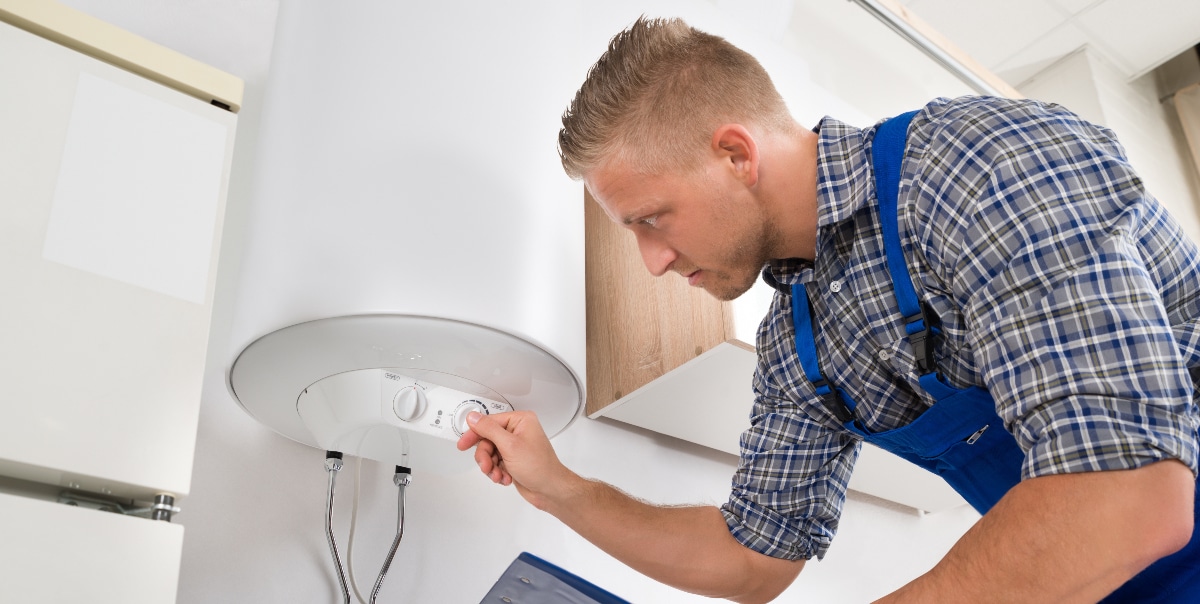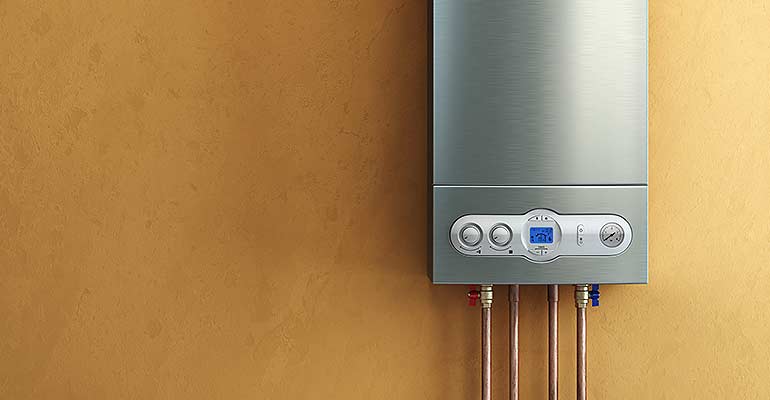The content listed below on the subject of How to Maintain a Hot Water Heater in a Few Simple Steps is fairly enjoyable. Check it out for your own benefit and decide what you think about it.

Warm water is important for everyday convenience, whether it's for a revitalizing shower or cleaning recipes. To ensure your hot water system runs effectively and lasts much longer, normal upkeep is vital. This article offers functional pointers and understandings on how to maintain your home's warm water system to stay clear of disturbances and expensive repair services.
Intro
Preserving your home's hot water system might seem overwhelming, yet with a couple of simple steps, you can ensure it operates smoothly for many years to find. This overview covers whatever from comprehending your warm water system to do it yourself upkeep suggestions and recognizing when to employ professional assistance.
Importance of Keeping Your Hot Water System
Regular maintenance not only expands the life-span of your warm water system yet additionally guarantees it runs successfully. Ignoring upkeep can cause reduced effectiveness, higher energy costs, and even premature failing of the system.
Signs Your Warm Water System Demands Maintenance
Recognizing when your hot water system requires interest can prevent significant concerns. Keep an eye out for indications such as inconsistent water temperature, weird sounds from the heating unit, or rusty water.
Flushing the Hot Water Heater
Purging your water heater removes debris accumulation, improving efficiency and prolonging its life.
Monitoring and Replacing Anode Rods
Anode rods protect against rust inside the tank. Inspecting and changing them when worn is important.
Complex Concerns Needing Professional Aid
Examples consist of significant leaks, electric issues, or if your water heater is continually underperforming.
Routine Professional Upkeep Perks
Expert maintenance can consist of comprehensive inspections, tune-ups, and making sure compliance with safety and security criteria.
Inspecting and Readjusting Temperature Level Settings
Readjusting the temperature setups makes certain ideal efficiency and security.
Do It Yourself Tips for Upkeep
You can execute numerous upkeep jobs on your own to maintain your warm water system in top condition.
Looking for Leaks
Regularly check pipelines and links for leakages, as these can lead to water damage and higher expenses.
Comprehending Your Hot Water System
Before diving into upkeep tasks, it's handy to recognize the basic parts of your hot water system. Commonly, this includes the hot water heater itself, pipelines, anode rods, and temperature level controls.
Regular Monthly Upkeep Tasks
Regular regular monthly checks can aid catch minor problems before they intensify.
Testing Pressure Relief Valves
Checking the stress relief valve ensures it functions properly and protects against too much pressure buildup.
Protecting Pipelines
Shielding hot water pipelines lowers heat loss and can save energy.
When to Call an Expert
While do it yourself upkeep is beneficial, some issues require expert experience.
Conclusion
Regular maintenance of your home's hot water system is vital for efficiency, longevity, and cost savings. By following these suggestions and understanding when to look for expert help, you can make sure a trusted supply of warm water without unanticipated disturbances.
How to Maintain an Instant Hot Water Heater
Before tinkering with your hot water heater, make sure that it’s not powered on. You also have to turn off the main circuit breaker and shut off the main gas line to prevent accidents. Also turn off the water valves connected to your unit to prevent water from flowing into and out of the appliance. 2. When you’re done, you have to detach the purge valves’ caps. These look like the letter “T” and are situated on either side of the water valves. Doing so will release any pressure that has accumulated inside the valves while at the same time avoid hot water from shooting out and burning your skin. 3. When the purge valves’ caps are removed, you have to connect your hosing lines to the valves. Your unit should have come with three hoses but if it didn’t, you can purchase these things from any hardware or home repair shops. You can also get them from retail stores that sell water heating systems. Read the user’s manual and follow it to complete this task properly. When the hosing lines are connected, open the purge port’s valves. 4. You should never use harsh chemical cleaners or solutions when cleaning your unit. Make use of white vinegar instead. It should be undiluted and you’ll probably use about 2 gallons. 5. Now flush your water heater. This task should probably take about 40 minutes. We can’t give you specific directions for this because the procedure is carried out depending on the type, model and brand of your heater. With that being said, refer to the user’s manual. 6. When you’re done draining the unit, you have to turn off the purge port valves again. Remove the hosing lines that you earlier installed on each of the water valves. Put the valve caps (purge port) back in their respective places and be very careful so as not to damage the rubber discs that are found inside these caps. 7. Now that everything’s back in place, check your user’s manual again to find out how to reactivate your water heating system. 8. Once it is working, turn one of your hot water faucets on just to let air pass through the heater’s water supply pipes. Leave the tap on until water flows smoothly out of it. https://www.orrplumbing.com/blog/2014/september/how-to-maintain-an-instant-hot-water-heater/

I discovered that page on Tips on Maintaining a Water Heater while doing a search on the internet. In case you enjoyed reading our blog post kindly consider to share it. I am grateful for your time. Come back soon.
Go Company